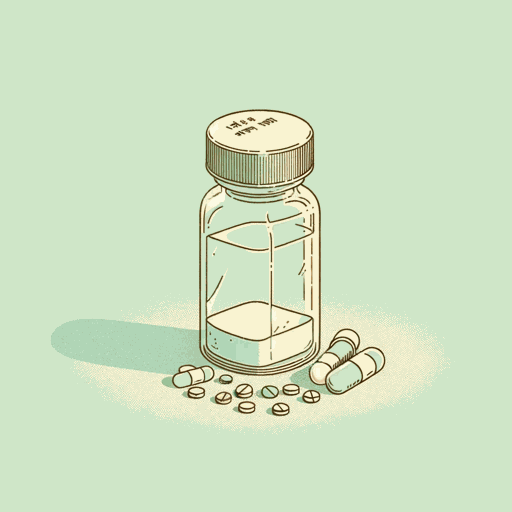55 pages • 1 hour read
Anita DesaiFasting, Feasting
Fiction | Novel | Adult | Published in 1999A modern alternative to SparkNotes and CliffsNotes, SuperSummary offers high-quality Study Guides with detailed chapter summaries and analysis of major themes, characters, and more.
Symbols & Motifs
Red Meat and Diet
The contrasting role of food and diet within the novel’s two prominent families both develops the appearance of masculine authority and exposes the limitations of its communal control. In India, food and diet are a way to project status within the family. For example, Papa refuses to eat the orange until his wife prepares it with utmost ceremonial precision and systematic perfection. Mama “divides each segment” and then peels away all the “pips and threads till only the perfect globules of juice are left” (23). This ceremonial orange peeling not only reinforces Papa’s symbolic power within the household, but it establishes an image of perfect structural order and symmetry to accompany that power.
While Papa’s power seems unlimited on the surface, Arun’s vegetarianism reveals the limitations of Papa’s authority. So desperate to project power and status, Papa’s insistence on serving meat within the household is an outward sign of his social progress and advancement. Once limited by humbler circumstances and forced to subsist on a vegetarian diet, for Papa, “a meat diet had been one of the revolutionary changes brought about in his life…by education,” which, like “cricket and the English language” are outward symbols of his social elevation (32).
Related Titles
By Anita Desai

A Devoted Son
Anita Desai

Baumgartner's Bombay
Anita Desai

Clear Light of Day
Anita Desai

Fire on the Mountain
Anita Desai

Games at Twilight
Anita Desai

In Custody
Anita Desai

The Artist of Disappearance
Anita Desai

The Village by the Sea
Anita Desai

The Zigzag Way
Anita Desai

Voices in the City
Anita Desai

